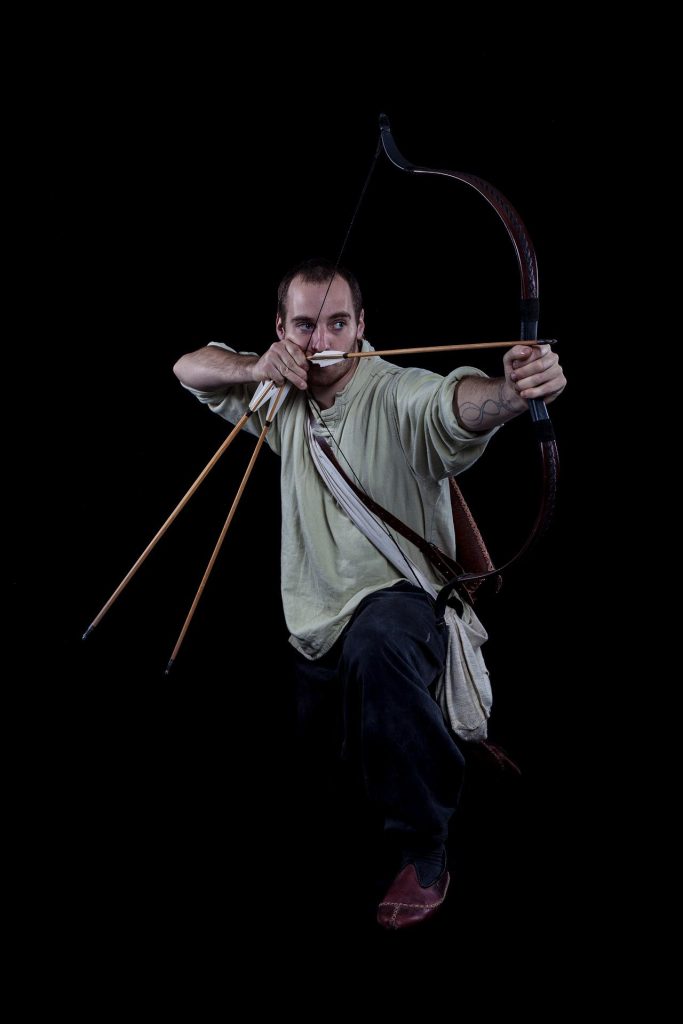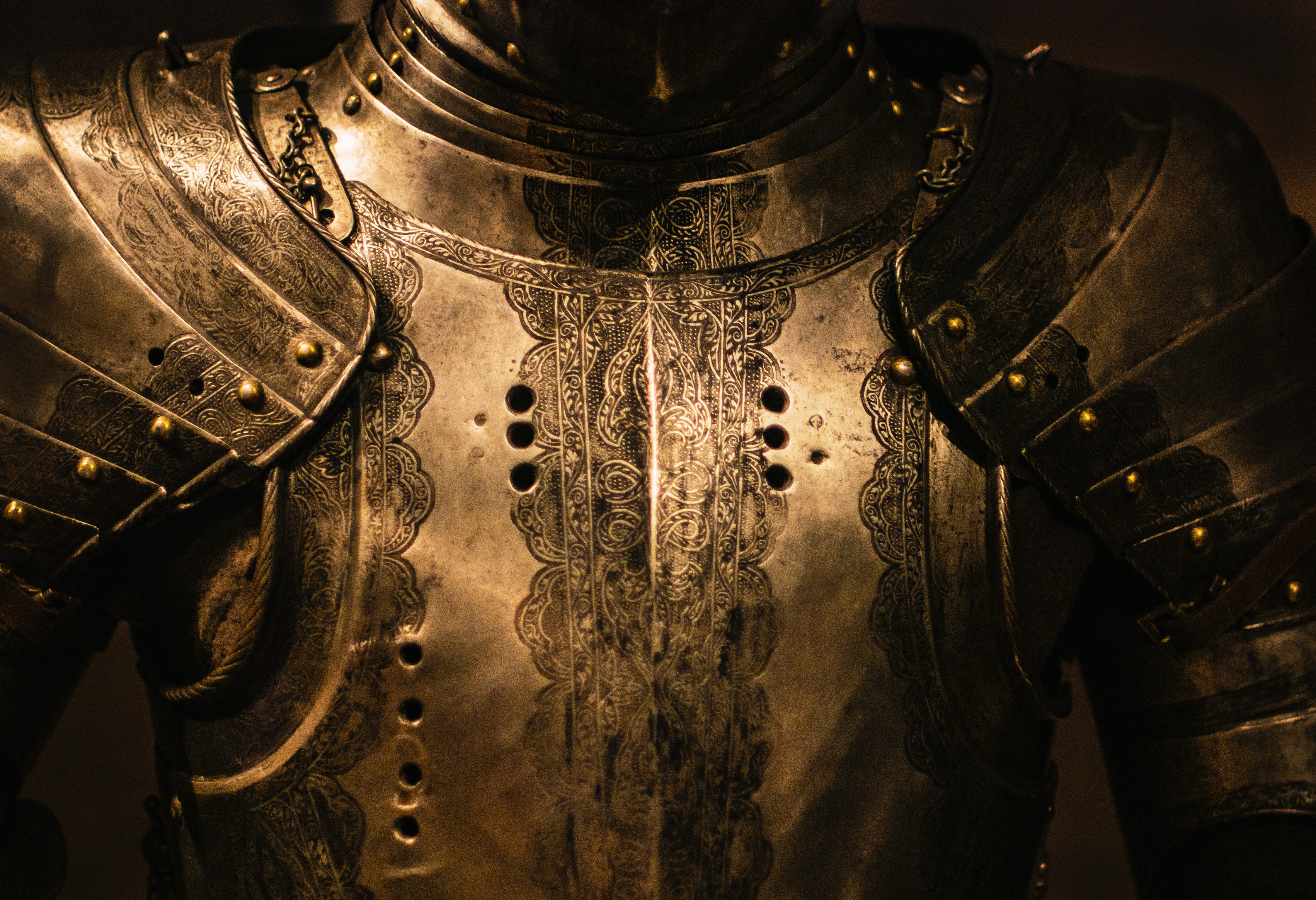Live-action roleplay, or ‘LARP’, has exploded in popularity since the start of the 2010s, riding the wave of ‘nerd cool’ into the cultural mainstream. Although casual observers sometimes stereotype it as ‘playing dress-up’, players and enthusiasts find it an enormously rewarding and social activity that espouses teamwork, problem-solving, physical exercise and outdoor leisure. But one question dogs LARPing: is it a sport?

A Question of Sport
Questions of this nature tend to elicit extremely strong feelings, such as the cold war being fought in pubs across the land as to whether darts is a sport. Part of the question is tied up in the legitimacy which is afforded to those activities that we bestow with the label of sport-hood: sports are worthwhile and meaningful, whose players are afforded a degree of social cachet and public esteem by the fonts of popular wisdom; whilst mere ‘hobbies’ are, at best, pleasingly unproductive diversions, and, at worst, meaningless fripperies that expand to take up time that could be otherwise spent productively (eg., playing sports). So it’s an emotive question that risks legitimizing or delegitimizing something that many hold dear.
For the purposes of this discussion, we’ll assume that an activity has to have three elements to qualify strictly as a ‘sport’: firstly, that it requires the use of skill; secondly, that it is competitive, involving either opposed teams or competing individuals; and finally, that it is performed for the enjoyment of an audience or for the players themselves. We’ll compare LARP against these three elements to answer the question once and for all time.
What Is LARP? (Baby Don’t Hurt Me)
At its most basic, LARP is a form of role-playing game where the participants fully inhabit their created characters by donning costumes and armor, wielding weapons and props, and acting out their roles in physical space. Think of it as the method-acting of the board game world. LARP events (or ‘cons’, from ‘conventions’) often take place over several days, and are usually held in woodlands or fields – though some take place in period locations that have been decorated as to transport the players to another realm. The aim of these events is to be as immersive as possible, with everything geared to keep the players in-universe, often featuring themed food, canvas tents, campfires and so on. Many games involve a Game Master or GM, who oversees the event, determining the course of events as they unfold – this might be themed towards a war with a band of goblins, or figuring out who poisoned the King, or any other scenario. Players band together, break alliances, and even participate in fighting with safety weapons to tell their tales.
The Prehistory of LARP
Live-action roleplay is probably as old as humans have existed – it is intensely connected with our innate need to tell stories. Nomadic hunter-gatherers around the campfire would re-enact the day’s hunt for the elderly and the children. Early agriculturalists would play wolf-and-sheep amidst the empty mountainsides. The Romans would re-enact famous military battles in the bloody coliseums, dressing up each side in the national dress of the Gauls or the Greeks. Modern LARP can probably be traced back to the 19th century, when Medieval-obsessed Georgians elites got the penchant for historical dress-up – and some went even further. The Eglinton Tournament of 1839 saw 100,000 spectators watch a panoply of medieval-esque combat games, fought by aristocratic gentlemen wearing period armor: whilst some of which was genuine historical armor, most of it had been made specially for the tournament.
The 20th century saw roleplay mixing with fantasy for the first time, with the emergence of psychedelia in the 1960s, and the rediscovery of early 20th century fantasy writers like JRR Tolkein. Would-be storytellers were soon looking for ways to explore fantasy concepts in a more immediate way, and the 1970s and 80’s saw the creation of roleplaying and wargaming games like Chainmail, Dungeons and Dragons and Shadowrun. These in turn stimulated players to act out in the real world, mingling with concurrent trends in historical re-enactment and theatre to create the modern LARP phenomenon.
Is It A Sport, Though?
LARPing is a diverse activity that encompasses an enormous degree of variation: some that bear no resemblance whatsoever to sporting, and some that are highly regulated and competitive.
Yes – It’s Fencing In Costumes
The LARP style that most closely fulfils our three-pronged definition of a ‘sport’ is probably the LARP fighting game called ‘Dagorhir’. It is focused almost exclusively on armed combat between participants, and is governed by a set of rules not dissimilar to fencing, with points scored for making contact with different parts of the body. Participants arm themselves, sometimes with home-made padded weapons but increasingly high-quality professionally made LARP swords, and go toe-to-toe, either 1-vs-1, or in group combat scenarios. Usually these are pretty story-light, being given a general scenario (eg. Roman Legionaries vs Zombies), with the main focus being on the fights. Dagorhir was founded by Washington college student Brian Weise in the 1970s, who ran a series of events known as the ‘Hobbit Wars’ in the woods near campus – where he and his friends wore homemade costumes and smacked one another with padded sticks, known as ‘boffers’. Now, the activity is much more refined, being an international organization in many different countries with a unified set of rules and safety codes.
No – It’s About Complicated Feelings
However, many forms of LARP have sought to move away from the regimented, tabletop-game-inspired forms that might lend themselves to being considered a ‘sport’. The ‘Nordic’ trend in live-action roleplay emerged in the 1990s, out of a desire to invert traditional fantasy tropes and to explore the darker side of human nature. Frequently, Nordic LARP is much more ‘adult’, dealing with themes of grief, trauma, betrayal and death. It has few if any rules, often rejecting the players/GM split, drawing on theatre techniques like workshopping and debriefs to create a collective process of story-telling in which players explore their characters, rather than anything that might resemble ‘winners’ and ‘losers’. It certainly involves skill – but not in the competitive sense; rather in the sense of skilfully getting to the dark heart of existence itself. Which is definitely less of a sport than darts.
All in all, the answer to ‘Is LARPing a sport?’ is a rather unsatisfactory ‘it depends’. Some streams of LARP have strongly embraced the forms (if not the aesthetic) of sporting competition, whilst some have revolted against all strictures and created a postmodern rejection of anything resembling sport. Ultimately, the answer is: LARP can be whatever you want it to be!
